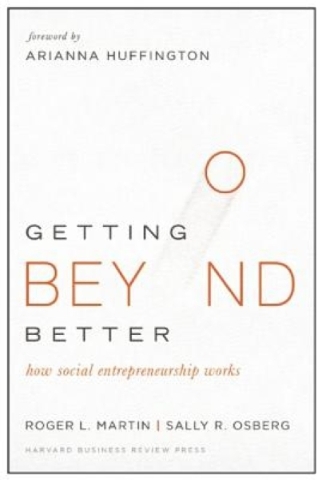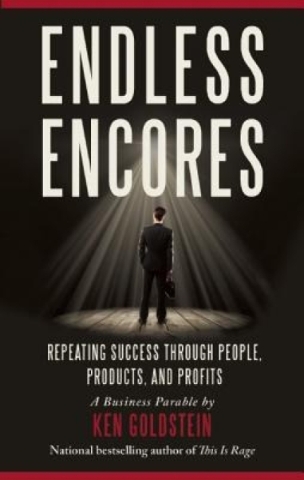

“Endless Encores – Repeating Success through People, Products and Profits” by Ken Goldstein (The Story Plant, $22.95).
Goldstein, the former CEO of shop.com, tells the story of business travelers Paul and Daphne engaging in “barstool psychotherapy” about facts and foibles of business while waiting for their flight. Their conversation centers on “what’s up and what’s next.” To frame your mindset, substitute your name for Paul. Here are some lessons Paul learned:
• Success fades quickly when you believe that prior years’ hits will ensure ongoing relevance. Think of rock ‘n’ roll. Bands such as the Rolling Stones and AC/DC have endured and prospered because they’re not content to play their hits and maintain their audience. New material ensures they grow their audience. Message: A limited repertoire ensures a limited future.
• Success involves risk; get comfortable with the uncomfortable. While your customers are satisfied with what you offer now, think outside their box. Ford Motor did that when it introduced Synch, a hands-free communication and entertainment system. Was it perfect? No. But it was first. Message: “What else can we do for customers that can build our core business, too?”
• An idea is just that — until there’s a team that can build it into a viable product. It’s all about talent. That doesn’t mean that all the right people are all in the right places. It involves the mindset of that talent. Does the team aspire to “extraordinary”? If so, it will self-select those who are willing to settle for less, and jettison them. Does the team realize that achieving the organizational goal will help teammates reach personal goals? Teams with extraordinary aspirations understand that collaboration hones their talents and skills.
Key takeaway: “The only thing over that hill is another hill.” Find a way to climb it, or stay in the Point A valley resting on your laurels and playing “Woulda Coulda Shoulda” while watching others climb.
“Getting Beyond Better – How Social Entrepreneurship Works” by Roger L. Martin and Sally R. Osberg (Harvard Business Review Press, $30).
Social entrepreneurs differ vastly as social services providers because they build a scalable model for system change, rather than grudgingly accepting system equilibrium limitations (i.e. doing what they can with the status quo hand they’re dealt). “They don’t build on the works that preceded them so much as question and redefine it.”
An example: Andrea and Barry Coleman used their enthusiasm for riding motorcycles to transform the way health care services are delivered in sub-Saharan Africa. They realized that medicine and health treatments offered by social services providers didn’t reach many of those in need because of a lack of transportation capable of navigating trails and poor roads. They formed Riders for Health foundation, which raises funds for motorcycles for health care organizations and provides fleet management and repair services on all their vehicles. It estimates that 2.9 million extra people each year have interactions with health workers riding a Riders-managed motorcycle.
The social entrepreneurs re-engineer the social services model to shift the value equation to the benefit of the disadvantaged. “They confront the societal structures that leave too many behind.”
Showing governments, nonprofits, foundations and businesses different system-altering paths that work, social entrepreneurs increase those organizations’ willingness to pay for additional investments. Far from its operating-shoestring beginning, Riders for Health now counts numerous foundations and corporate sponsors among its funding sources. Many individuals donate motorcycles, trucks and cars to further its cause.
The book chronicles the stories of social entrepreneurs whose service-delivery models changed systems for the better in health care, education, child labor and information access/knowledge-sharing.
What system-changing ideas do you have?
Jim Pawlak is a nationally syndicated reviewer of business books.







